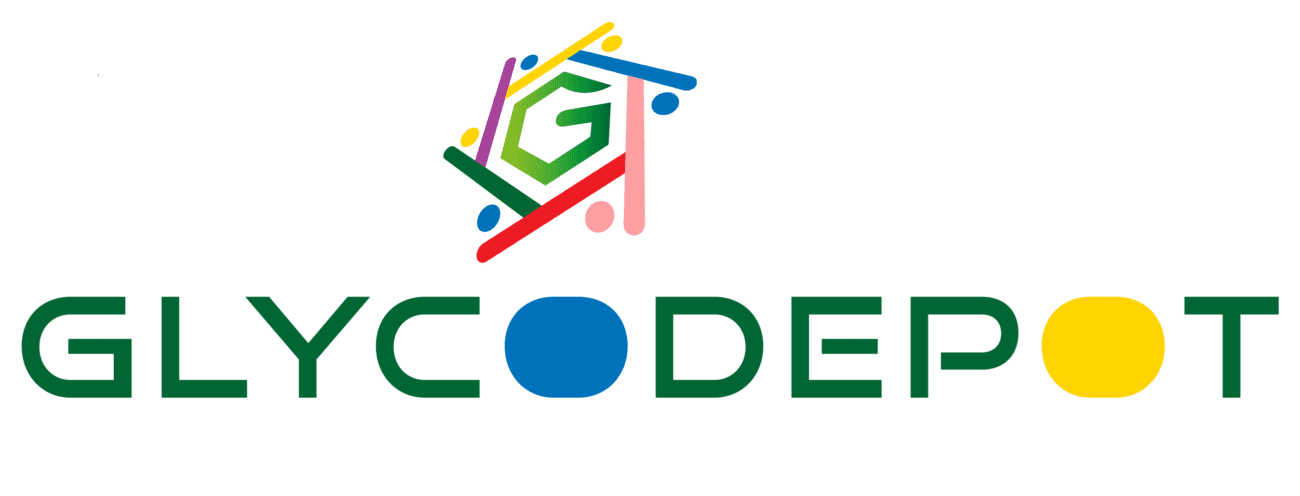2-Deoxy-2-fluoro-D-fucose is a synthetic analog of the naturally occurring sugar fucose, where the hydroxyl group at the 2-position is replaced with a fluorine atom. This modification allows it to act as a potent inhibitor of fucosylation, the enzymatic process that attaches fucose to glycoconjugates in cells. It inhibits the de novo synthesis of GDP-fucose, the donor substrate for fucosylation, thereby reducing fucosylation in mammalian cells. This compound has a variety of research applications including biochemical studies of glycosylation pathways and cancer cell signaling because altered fucosylation is linked to disease progression. It is typically used in biochemical and cell biology research as a tool to evaluate fucosylation-dependent processes.
IUPAC Name
- (2S,3R,4R,5S)-2-fluoro-3,4,5-trihydroxyhexanal
or (2R,4R,5R)-3-fluoro-6-methyloxane-2,4,5-triol (based on sources)
Appearance
Source
- Synthesized chemically as an analog of natural L-fucose
Molecular Weight and Structure
- Molecular Formula: C6H11FO4
- Molecular Weight: 166.15 g/mol
- Structure: Fluorine substitution at 2-position of fucose sugar ring (hexopyranose form)
Sugar Specificity
- Specifically targets fucose-related metabolic and enzymatic pathways due to its structural similarity with L-fucose but with fluorine substitution causing inhibition effects.
Biological Activity
- Competitive inhibitor of fucosyltransferases (FUTs)
- Blocks de novo synthesis of GDP-fucose
- Reduces cellular fucosylation of glycoconjugates
- Used to study fucosylation-dependent signaling pathways, cancer, and immune cell functions
- Exhibits long-lasting inhibition of fucosylation in cells
Purity and Microbial Contamination
- Chemical Purity: ≥98% (typically by HPLC or NMR)
- Microbial contamination: Not generally applicable for chemical standards. Suppliers provide certificates of analysis ensuring microbiological quality
Identity and Quality Control
- Verified using NMR spectroscopy (1H-NMR), mass spectrometry, and HPLC
- Characterized by melting point (approx. 172-174 °C)
- Structure confirmed by SMILES, InChI and molecular formula data
- Supplied with COA and SDS documentation
Shelf Life and Storage
- Store at 0 to 8 °C (refrigerator) or -20 °C for longer storage
- Protect from light and moisture
- Stable for 6 months to 1 year depending on storage conditions
- Avoid repeated freeze-thaw cycles for dissolved stock solutions
Application
- Used as a biochemical tool to inhibit fucosylation in cell culture studies
- Helps to probe glycoprotein function and signaling mechanisms dependent on fucose
- Potential use in cancer research to study effects of altered fucosylation on tumor progression
- Can aid in drug discovery targeting fucose-related pathways
Key Characteristics
- Fluorinated analog of L-fucose
- Potent inhibitor of fucosyltransferase enzymes
- Competitive blocker of GDP-fucose synthesis
- High purity (>98%) chemical standard
- White crystalline appearance with defined melting point
- Molecular weight approximately 166.15 g/mol
- Stable under refrigerated or frozen conditions
- Valuable in glycoscience and biomedical research
Citation
- Cayman Chemical: 2-deoxy-2-fluoro L-fucose CAS 70763-62-1
- PubChem 2-Deoxy-2-fluoro-D-fucose molecular details
- Sigma-Aldrich product info
- MedChemExpress fucosylation inhibitor description
- PharmaAffiliates CAS and storage info
- GLPbio chemical properties
- PMC study on fucosylation inhibition
- ACS Publications on 2,2-difluoro derivatives
- Nature.com study on fucosylation inhibition in cancer
- Synthose product sheet purity and storage

Reviews
There are no reviews yet.